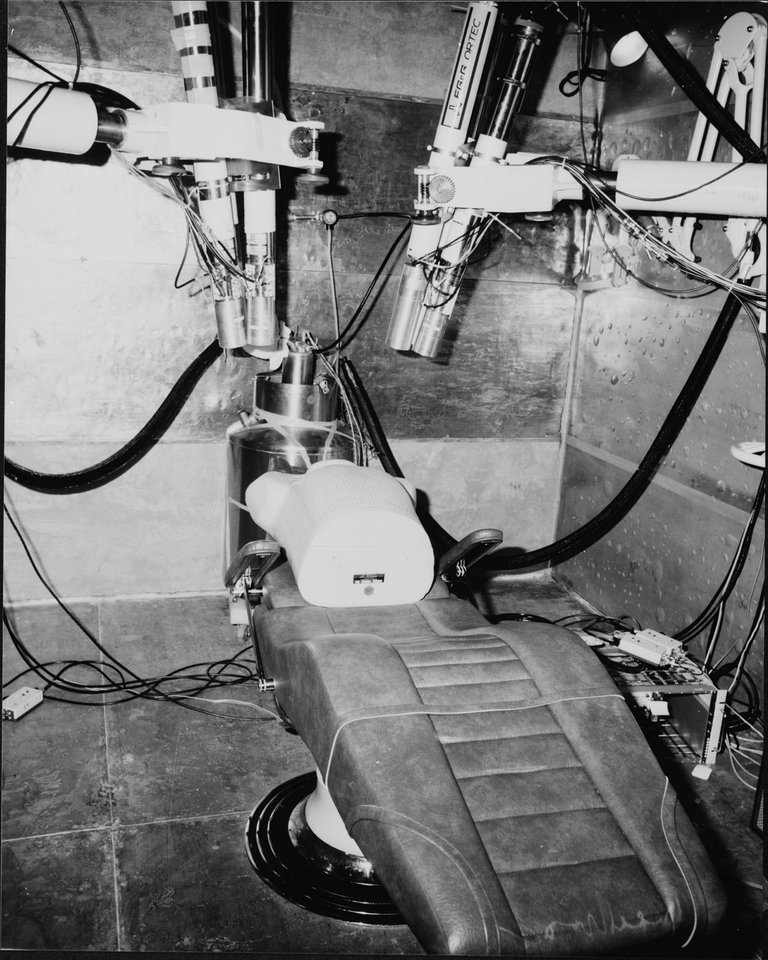Here's something I learnt today that for whatever reason my stupid brain found quite fascinating.
Also known as low-background steel and pre-war steel, the term refers to any steel produced prior to the detonation of the first nuclear bombs in the 1940s and 1950s.
Turns out all those atomic bombs left a faint radioactive signature that got into the atmosphere and eventually the steel we produce.
Tiny and harmless as this amount may be, it's more than enough to mess with delicate scientific equipment, like particle detectors.

A body counting room at the Rocky Flats Plant in Denver, Colorado, made entirely from pre-World War II steel, Public Domain via Wikipedia
Pre-Atomic steel is typically extracted from old ships, buildings and other old shit, although this practice is slowly dieing as background radiation has decreased to almost natural levels. There is still some demand in certain types of equipment like Geiger counters and sensing equipment aboard spacecraft. Sometimes even that is not enough:
For the most demanding items even low-background steel can be too radioactive and other materials like high-purity copper may be used.
So, next time you see a historical shipwreck or some other super old pile of old junk remember. It's not just a relic of the past. It's something that could potentially be used for the advancement of scientific discovery!
Anyways, that's the quick story. Here's a link to Wikipedia if you'd like to read more on it!
Posted Using InLeo Alpha







